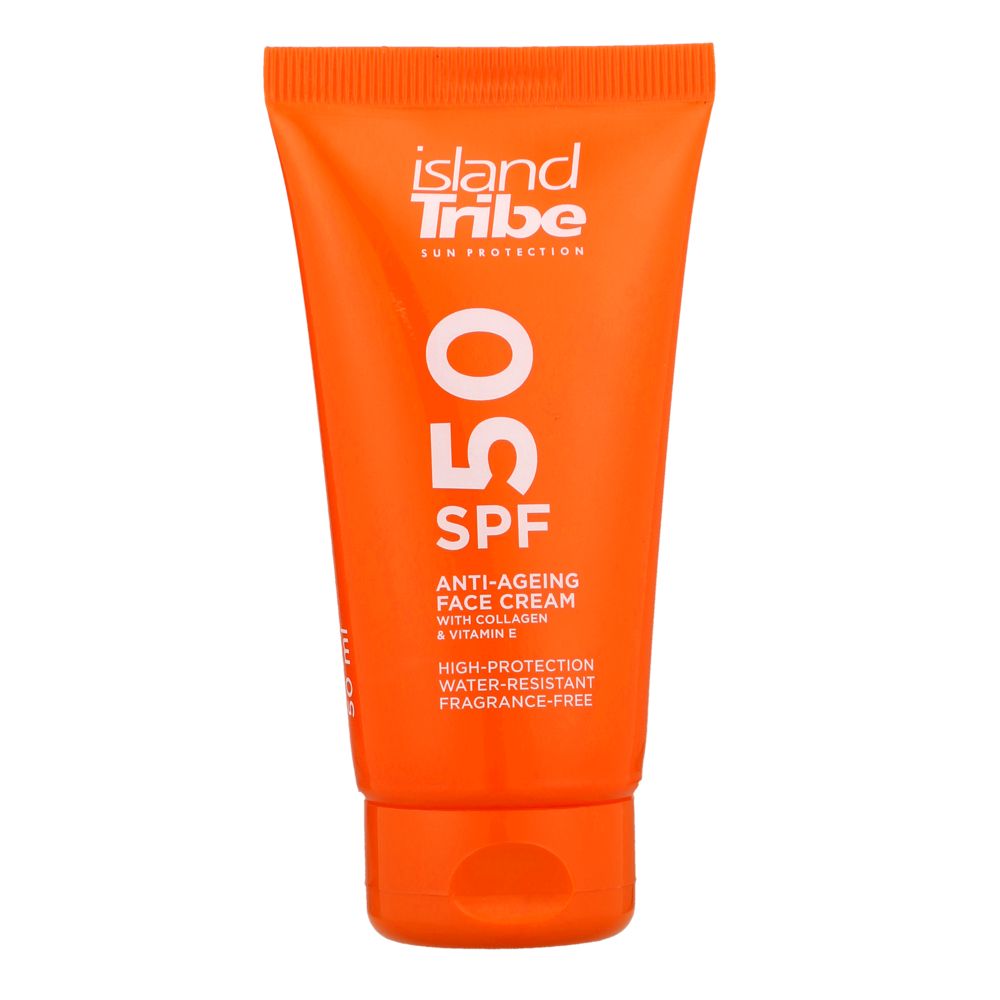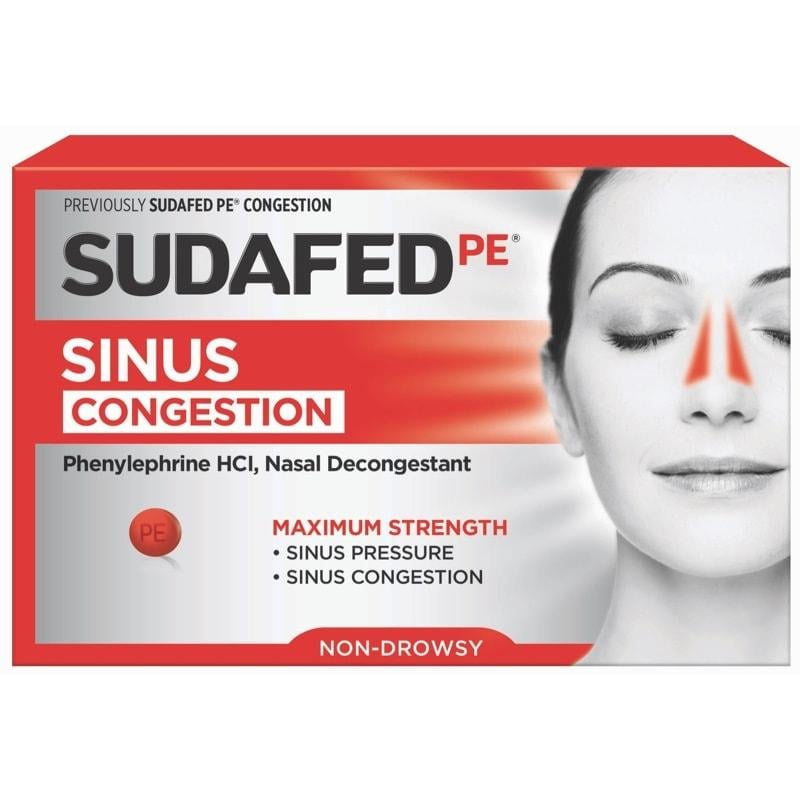Difference In Sunscreen And Sunblock

When it comes to protecting our skin from the harsh effects of the sun, two terms are often used interchangeably: sunscreen and sunblock. However, there is a significant difference between these two products, and understanding their distinct characteristics can help you make informed decisions about your skin care.
Historically, the term “sunblock” was used to describe products that physically block the sun’s ultraviolet (UV) rays, while “sunscreen” referred to products that absorb or scatter these rays. However, in recent years, the US Food and Drug Administration (FDA) has discouraged the use of the term “sunblock,” as it can be misleading and imply a level of protection that is not entirely accurate.
Chemical vs. Physical Active Ingredients
The primary difference between sunscreen and sunblock lies in their active ingredients. Sunscreens typically contain chemical active ingredients, such as oxybenzone, avobenzone, or octinoxate, which absorb UV radiation and convert it into heat, which is then released from the skin. These chemicals can be effective in preventing sunburn and protecting against UVB rays, but they may not provide adequate protection against UVA rays, which are also harmful.
On the other hand, sunblocks, also known as physical sunscreens, contain physical active ingredients like zinc oxide or titanium dioxide. These minerals work by creating a physical barrier on the skin’s surface, reflecting and scattering UV rays away from the skin. Physical sunblocks are often more effective in protecting against both UVA and UVB rays and are generally considered safer for sensitive skin.
Key Differences
To summarize the main differences between sunscreen and sunblock:
- Active ingredients: Sunscreens contain chemical active ingredients, while sunblocks contain physical active ingredients.
- Mechanism of action: Sunscreens absorb UV radiation, while sunblocks create a physical barrier to reflect and scatter UV rays.
- Spectrum of protection: Sunscreens may not provide adequate protection against UVA rays, while sunblocks are often more effective in protecting against both UVA and UVB rays.
- Skin type: Sunscreens may be more suitable for oily skin, while sunblocks are often recommended for sensitive skin.
Comparative Analysis
A comparative analysis of popular sunscreen and sunblock products reveals significant differences in their formulations and levels of protection. For example:
| Product | Active Ingredient | SPF | UVA Protection |
|---|---|---|---|
| Sunscreen A | Oxybenzone | 30 | Limited |
| Sunscreen B | Avobenzone | 50 | Moderate |
| Sunblock C | Zinc Oxide | 30 | Broad-spectrum |
| Sunblock D | Titanium Dioxide | 50 | Broad-spectrum |

As shown in the table, sunblocks tend to offer broader UVA protection and higher SPF values compared to sunscreens.
Future Trends Projection
The sunscreen and sunblock market is evolving rapidly, with a growing focus on natural and organic ingredients. In the future, we can expect to see more products that combine physical and chemical active ingredients to provide comprehensive protection against UV radiation. Additionally, advancements in nanotechnology may lead to the development of more effective and cosmetically appealing sun protection products.
Technical Breakdown
To understand the technical aspects of sunscreen and sunblock, let’s examine the process of how they interact with UV radiation. When UV rays hit the skin, they can cause damage to the skin cells’ DNA, leading to sunburn, premature aging, and even skin cancer. Sunscreens and sunblocks work by either absorbing or reflecting these rays, thereby reducing the amount of damage caused to the skin.
- UV radiation hits the skin
- Sunscreen or sunblock active ingredients interact with the UV radiation
- Chemical sunscreens absorb UV radiation, while physical sunblocks reflect and scatter it
- The skin is protected from damage caused by UV radiation
Myth vs. Reality
There are several myths surrounding sunscreens and sunblocks. One common myth is that a higher SPF value always provides better protection. In reality, the difference between SPF 30 and SPF 50 is relatively small, and other factors like the type of active ingredients and the product’s formulation play a more significant role in determining its effectiveness.
Higher SPF Values: Pros and Cons
- Pros:
- Higher level of protection against UVB rays
- May provide additional protection against UVA rays
- Cons:
- May not provide significantly better protection than lower SPF values
- Can be more expensive
- May have a thicker, more greasy texture
Conclusion
In conclusion, while the terms “sunscreen” and “sunblock” are often used interchangeably, they refer to distinct products with different active ingredients and mechanisms of action. By understanding the differences between these products, you can make informed decisions about your skin care and choose the best option for your needs.
What is the main difference between sunscreen and sunblock?
+The main difference between sunscreen and sunblock lies in their active ingredients and mechanisms of action. Sunscreens typically contain chemical active ingredients that absorb UV radiation, while sunblocks contain physical active ingredients that create a physical barrier to reflect and scatter UV rays.
Which type of product is better for sensitive skin?
+Sunblocks, which contain physical active ingredients like zinc oxide or titanium dioxide, are often recommended for sensitive skin. These ingredients are generally considered gentler and less likely to cause irritation compared to chemical sunscreens.
Do higher SPF values always provide better protection?
+No, higher SPF values do not always provide significantly better protection. While higher SPF values may offer additional protection against UVB rays, other factors like the type of active ingredients and the product’s formulation play a more significant role in determining its effectiveness.


